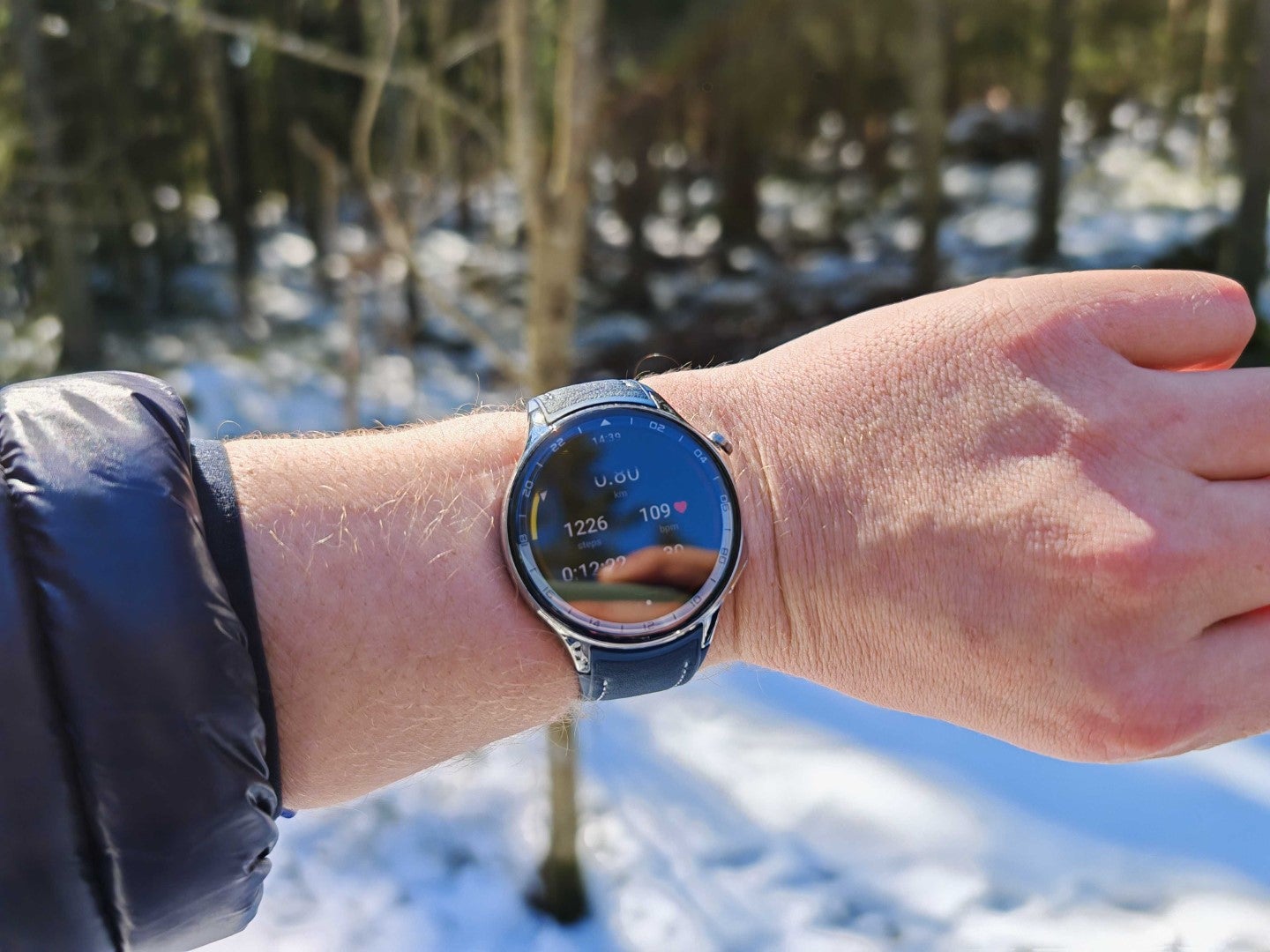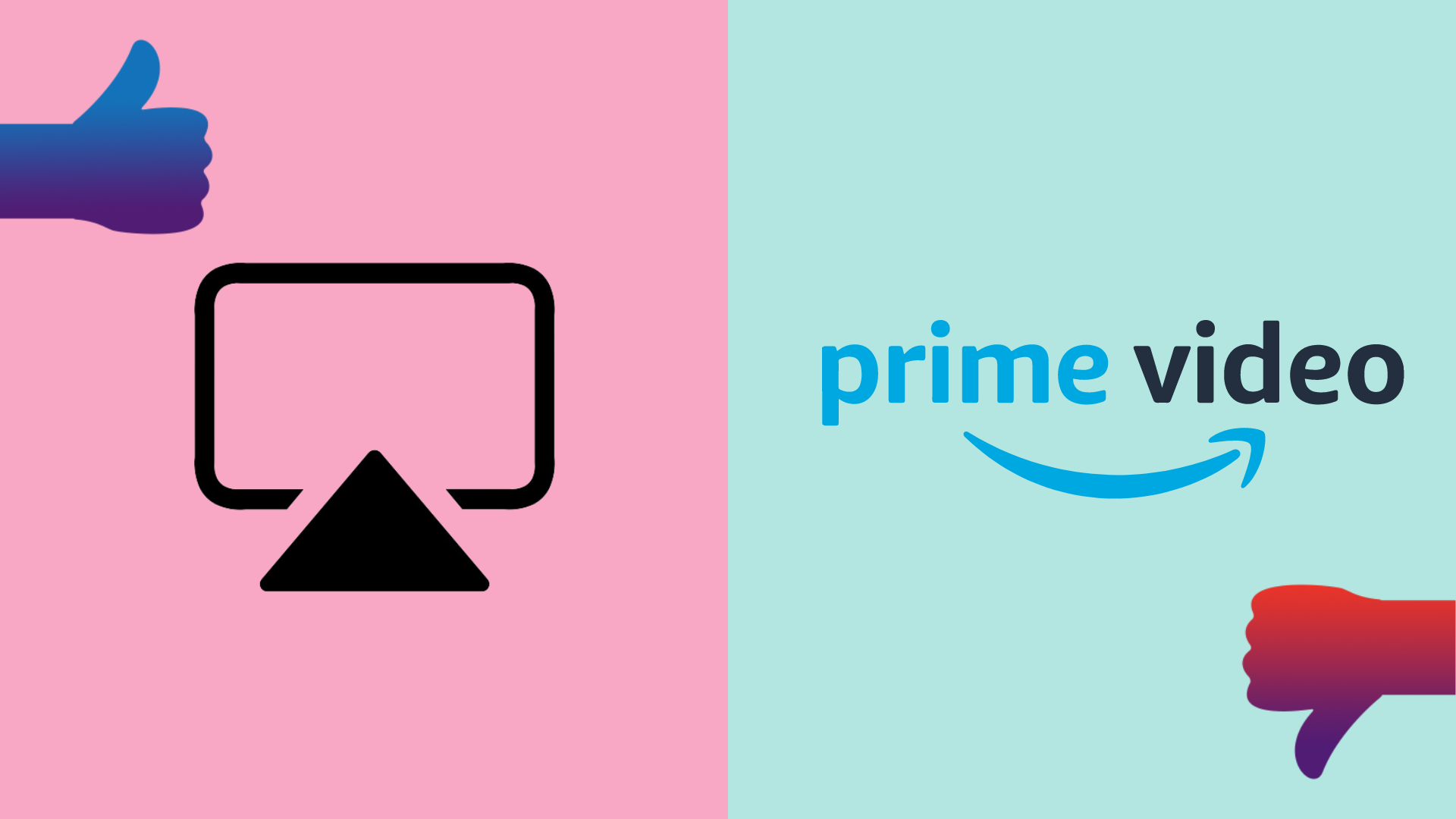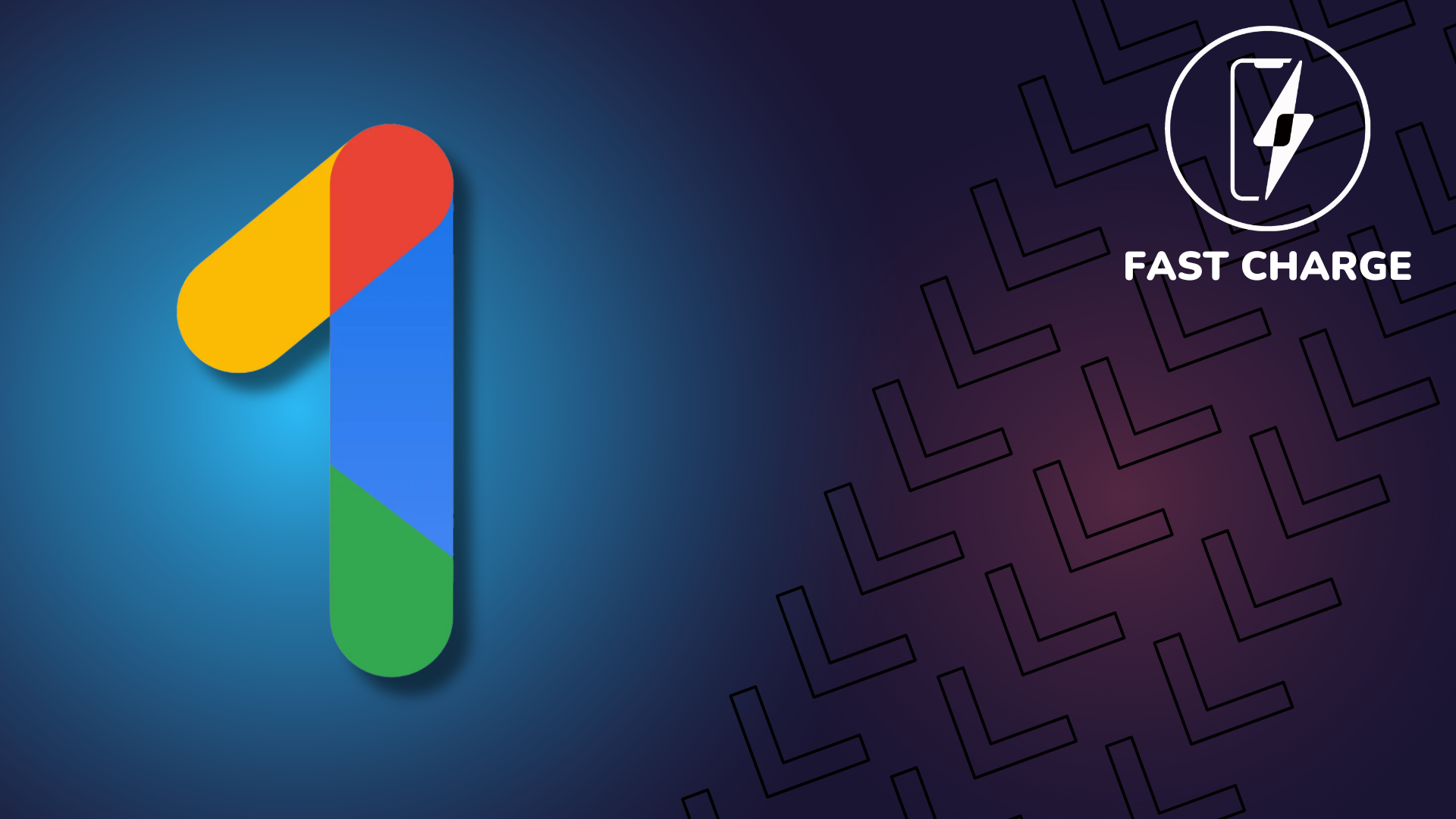Sound and Vision: Panasonic’s move to Fire TV UI is smart but there are pitfalls too
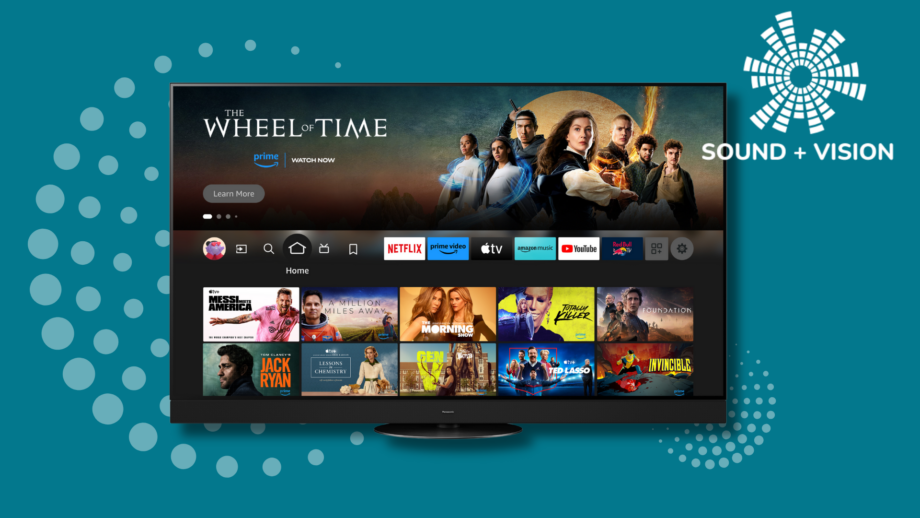
OPINION: Mid-way through 2023 when Panasonic launched its full TV line-up, I wrote about how it was a sensible idea to offer a range of different interfaces to appeal to customers.
Little did I know then that the introduction of its first Fire TV model was a precursor to the Japanese electronics manufacturer adding Fire TV to its 2024 flagship OLEDs. Panasonic may not be quite the mover and shaker it once was in the TV world having withdrawn from North America and other territories, but this is still big news.
My Home Screen was its own bespoke smart interface – tailored to be a simple affair, one that avoided the complications of others. The contrast between it and Amazon’s Fire TV is huge, and as I mentioned before CES 2024, the focus on UIs grows ever more each year.
Surely this should be viewed as a win for both sides, right? And yet, there’s something nagging me. Maybe I’m a perennial pessimist, first with artificial intelligence in my sights, and now Panasonic/Amazon’s collaboration.
While it’s a smart move for Panasonic, and one it arguably should have made earlier, there are potential issues that warrant a mention.
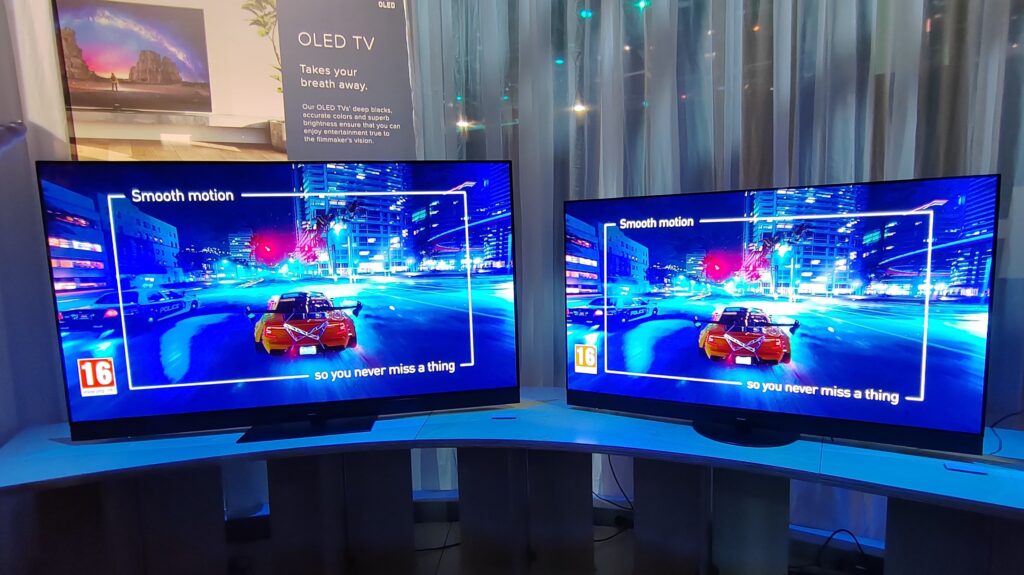
Let me flesh out the good points before I get to my concerns.
The first positive is that this team up with Amazon gives Panasonic all the apps it was missing. Review after review, I wrote that My Home Screen’s range of apps covered all the big streaming video guns – Netflix, Prime Video, Apple TV+, Disney+ – but in other areas it was skint, like someone emptying their pockets to find nothing but cobwebs and pennies.
This union gives the company everything it was missing. The Z95A and Z93A OLEDs now have an overfilling closet full of apps that covers sports, music, news, games, and more besides. It also throws Alexa in the mix – the world’s most popular voice assistant – built-in and accessible through the remote or far-field microphone. If you care about smarts, Panasonic’s TVs are now on a similar level as other brands.
The move to Fire TV also builds on the new features Panasonic introduced in recent years. Amazon’s Fire TV Ambient Experience replaces My Scenery easily enough. Panasonic’s own menu system seems to have been replaced (though I have a slight concern about that), and of course, there’s the upside for Amazon.
As mentioned by Steve May in his preview of the Z95A for this site, this is the first truly high-end Fire TV on the market, the interface mated to a TV series that’s won our best TV award on more than a few occasions. In short, Amazon has partnered with TV excellence.
While this marriage is convenient however, there are the issues I have, and they’re most if not all concerned with Fire TV itself. If these TVs function like other Fire TVs, you will need an Amazon Prime subscription to make the most of the experience – although you can set-up a free account and enjoy the other apps on offer.
If you’re already an Amazon Prime customer then no worries. If not, then Panasonic’s OLEDs have gone from an interface that was accessible as soon as the TV powered on, to one where you’ll need to create an account for it. Not everyone wants to be tied into another service with more passwords to remember.
The next issue is that the Fire TV interface could benefit from another makeover. When the new Fire TV Experience first arrived, I thought it was better than what came before (I can hardly remember the previous incarnation).
A few years later and there’s an untidiness about Fire TV that seems to obstruct discovering content through any means other than Alexa. Scrolling through untold rows of content is a chore but Alexa can do it for you. After all, why search when you can use your voice and Alexa will find it? Want to open an app – use Alexa. There are two different Fire TV experiences – one with Alexa and one without.
To be fair, Alexa is quick and responsive, but there are times where I like to go off the beaten path and not have titles waved in front of me. If there’s a fault about AI assistants, it’s that their knowledge of you is based on past behaviour. They can never anticipate the mood you’re in, so you’ll be served a similar set of titles unless you switch it up, and the only way AI assistants seem able to help is to give them unfettered access to all the video services you use.
Another issue? Fire TV is a relentless promoter of all things Prime Video and Freevee, almost to the exclusion of other streaming platforms.
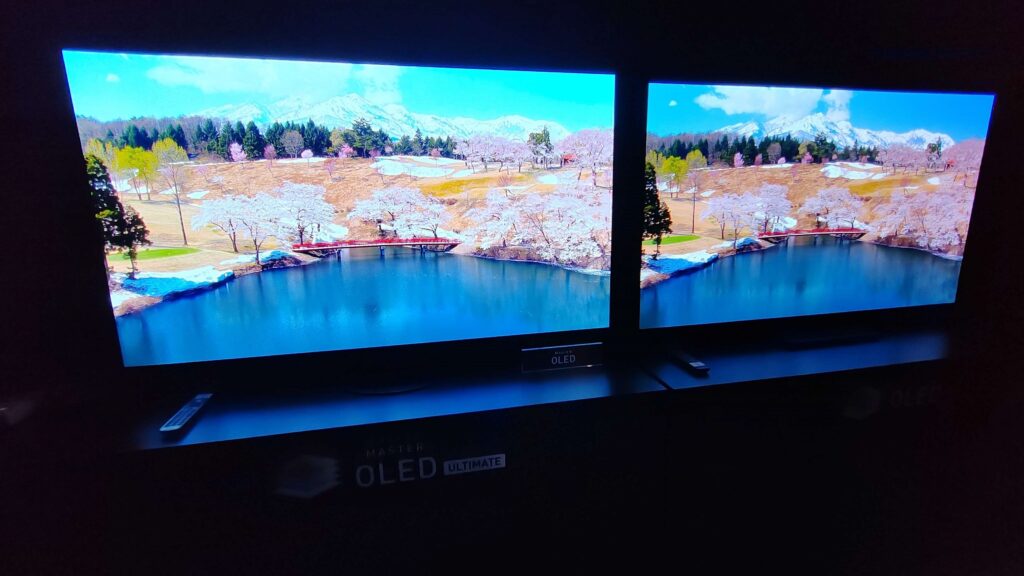
Fire TV is, after all, Amazon’s platform; so it’s well within its rights to flex its brand muscles, but when you look at Roku or Sky’s Entertainment OS, there’s a democratisation that allows you discover new things instead of being boxed into Prime Video. That doesn’t mean I won’t watch what’s on Prime Video, but I don’t like being fenced in.
Then there’s Fire TV/Prime Video’s split personality, offering picks from streaming services, programming that you can buy outright or other titles that you can rent; as well as all the other additional channels that require an extra subscription. It’s a gated streaming community that becomes confusing when you’re just looking for something, anything to watch. Clicking on a title and finding it’s locked behind a paywall is frustrating, and Fire TV is not the only one guilty of this sin.
The final, perhaps least important issue, is the menu settings. While Panasonic’s menus were basic, they allowed for finer tuning. Will they be same or as in-depth? As this moment in time, I’m not too sure.
Panasonic will get lots of benefits, Fire TV is an interface that does a lot – at times too much. The move from My Home Screen to Fire TV is (with some irony) a jump from a simple interface to one that’s more complicated, so it’s a smart move to a degree, but it could end up being two steps forward and one step back.


